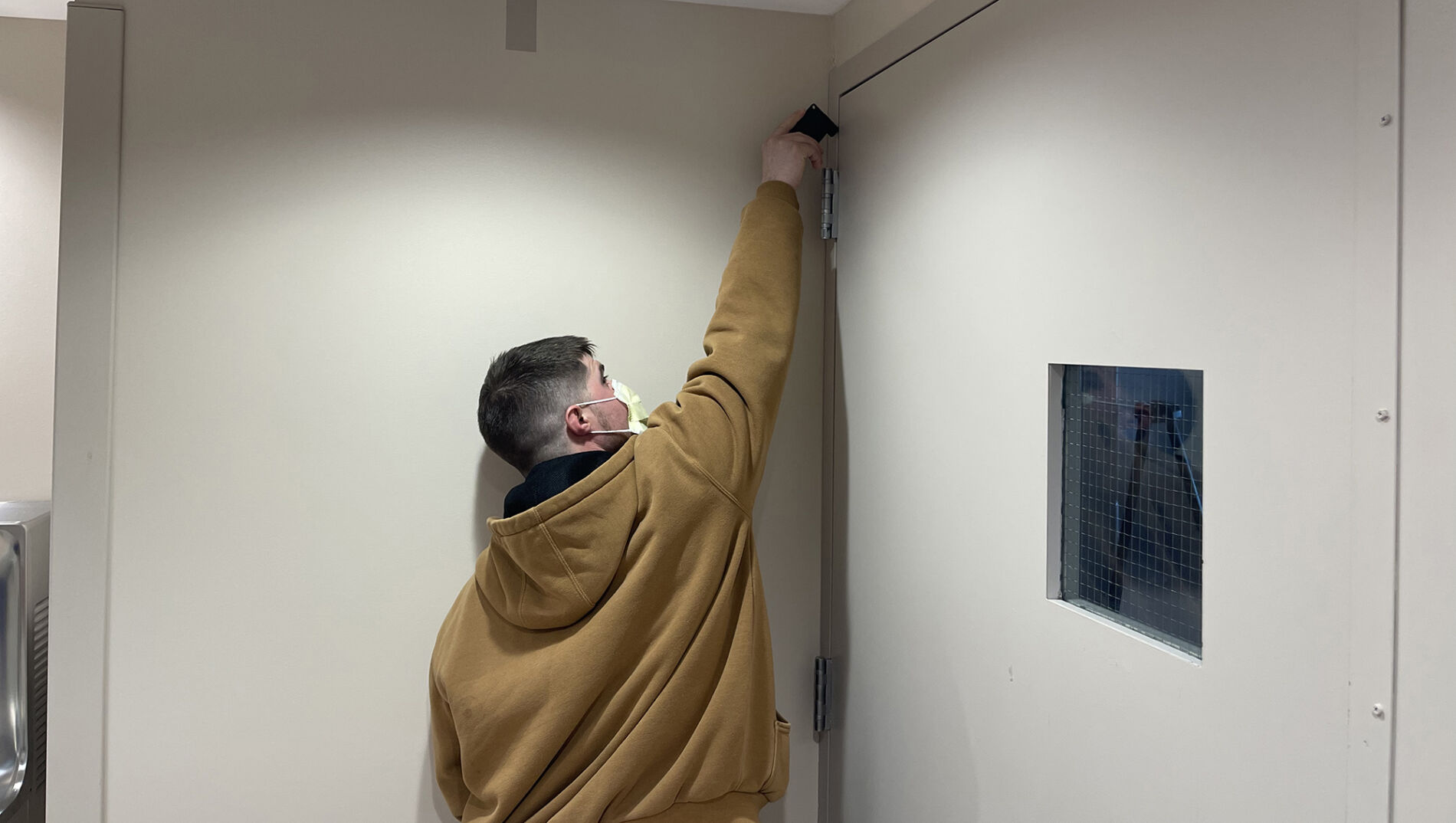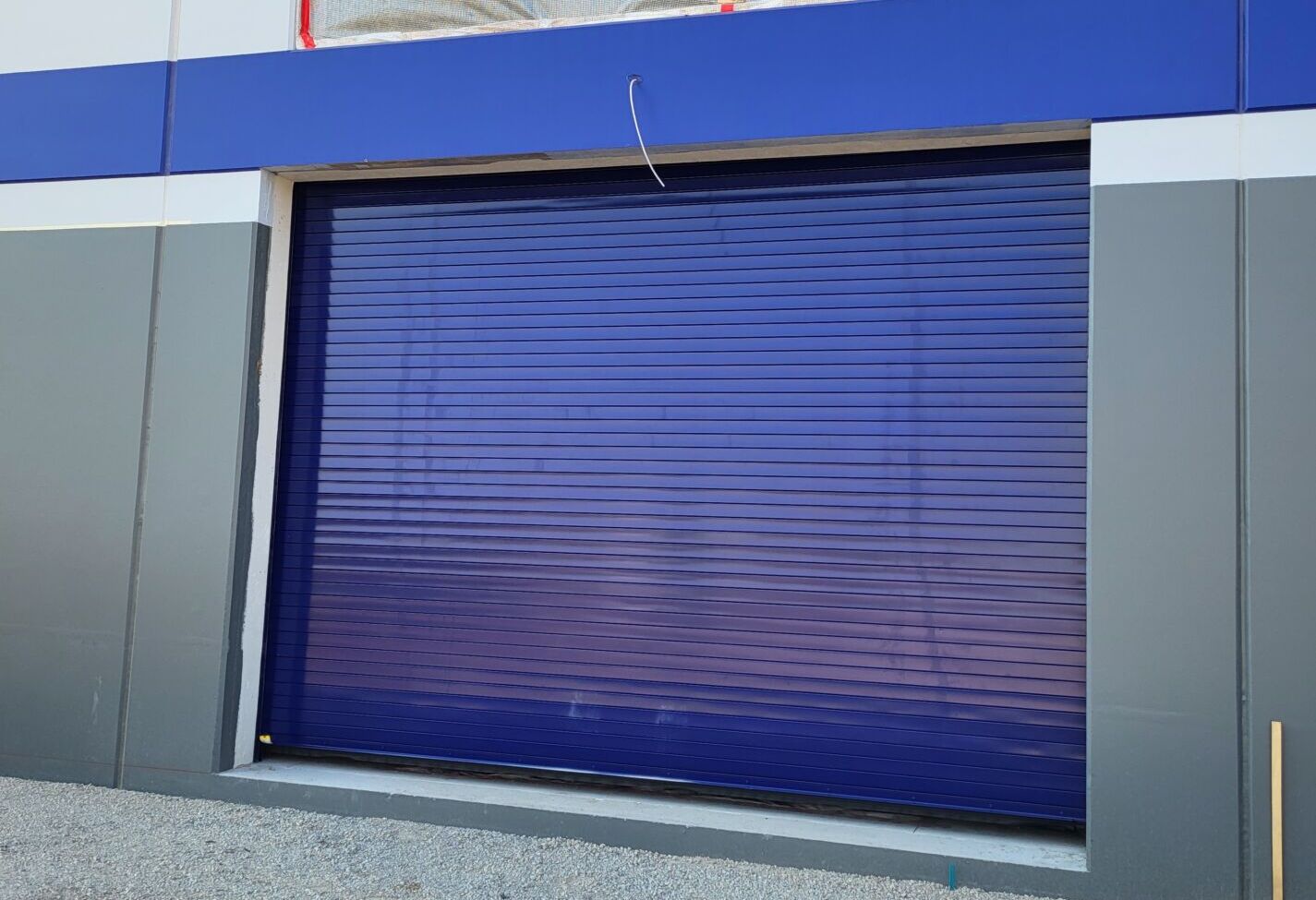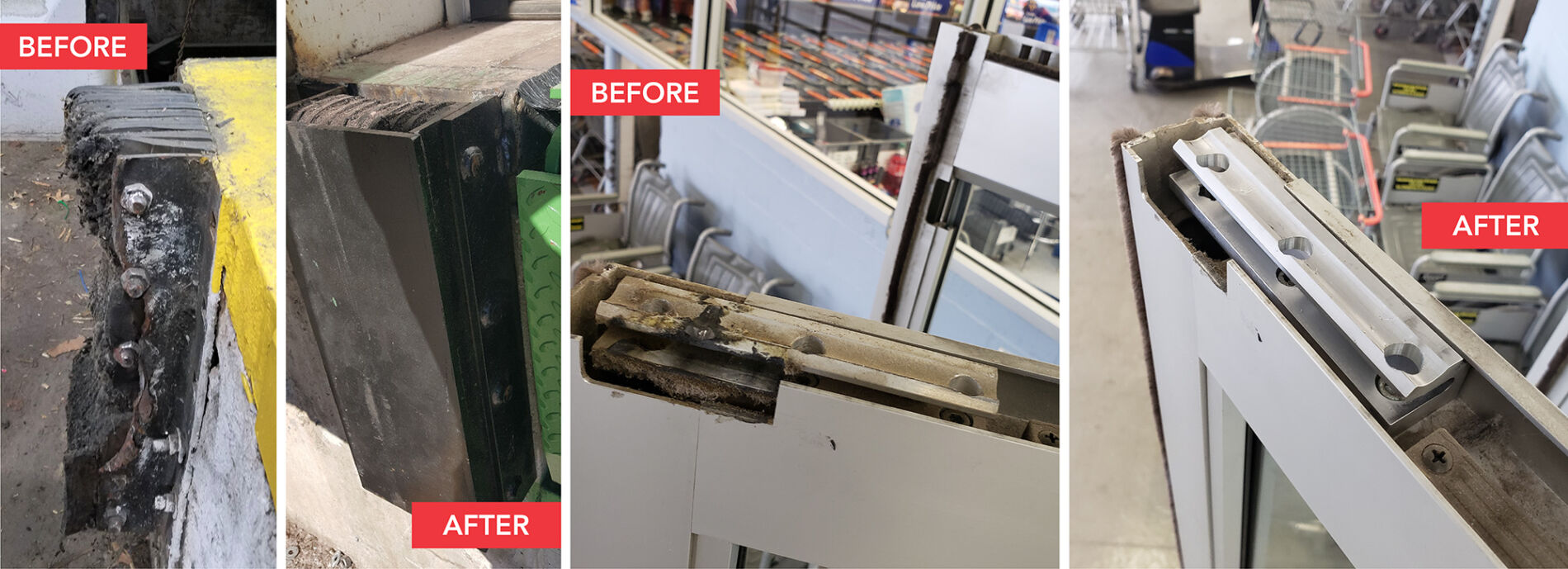Rising costs can be seen everywhere around us, not just at the gas pump or the grocery store. This is one of the reasons it is most important for healthcare facilities to be conducting planned maintenance (PM) on their manual and automatic doors. Regular upkeep helps identify issues early reducing the likelihood of unexpected repairs, ultimately saving time and money for the property owner.
In addition to planned maintenance, annual compliance inspections are essential for ensuring all assemblies are functioning correctly and can effectively contain or prevent the spread of fire and smoke. This is vital for providing a safe environment for patients, visitors, and employees, as well as for helping to control costs for the facility.
Decades of combined experience in the door industry for DH Pace representatives and they overwhelmingly say that most major repairs could have been avoided. The most proactive way to avoid major repairs is to conduct annual planned maintenance on doors.
Manual Swing Doors
These doors are crucial for ensuring safety, security and operational efficiency in buildings. Faulty locks or hinges can be adjusted or replaced before more significant problems arise down the line. All manual door closers have hydraulic fluid in them, and when they start leaking, they can cause a continuous mess. That fluid can ruin finishes on doors and hardware that would cause the need for replacement. These are just a few of the many things that can be noticed and fixed in a yearly preventive maintenance. Furthermore, as this includes manual fire doors, this is a good opportunity to conduct required inspections for organizations such as Centers for Medicare and Medicaid Services or the Authority Having Jurisdiction (AHJ).
CMS and NFPA Inspections
A healthcare facility inspection for Centers for Medicare and Medicaid Services (CMS) evaluates providers’ adherence to state and federal regulations and guidelines to help ensure patient safety and quality of care within CMS-funded facilities. In addition, standards set forth by the National Fire Protection Association (NFPA) require building owners and managers to have all types of fire rated doors inspected and tested at least annually and have a written record available.
Scheduling planned maintenance and required inspections close to each other allows any small repairs or adjustments to be found and completed in advance, instead of during the inspection.
Automatic Doors
Automatic doors can cause large disruptions to a facility when neglected over time. The major components of an automatic door can be costly and labor intensive to replace. Sliding, swinging and revolving doors all have parts that are meant to wear over time to save the life of the door.
The concept is much like a vehicle; when the oil and air filter are changed regularly, the vehicle lasts longer. On an automatic door, if the parts that are supposed to wear over time are regularly replaced, the door will stay in great functioning order for years. Thus, this preventive maintenance may have costs up front for the service and the parts, but it will help avoid down time and expensive major component replacements.
AAADM Inspections
The American National Standards Institute (ANSI) also requires that automatic doors be inspected by an AAADM (American Association of Automatic Door Manufacturers) certified technician once per year. Completing this during a yearly planned maintenance visit helps to ensure that the automatic doors are inspected at the required frequency.
The last thing that anyone wants is for a technician to be in a doorway for hours working on a door in a busy healthcare facility. Whether it’s a traffic impediment, a noise issue, or some other patient disruption, significant and lengthy door repairs often lead to at least one of these in a healthcare setting.
Planned Maintenance and Inspections
We must remember that every door has a useful life before it needs to be replaced and there are many different factors that affect that life. Be sure to listen to the recommendations of your door professional as they will have suggestions on when to replace and how to get more life out of your doors.
By completing regularly scheduled planned maintenance on all doors, healthcare facilities can keep costs down, extend the life of the doors, and be more prepared for their required inspections. In turn, those inspections can go more smoothly, not only saving the facility financially, but also in terms of reputation, certifications, accreditations, and most importantly, compliance.
A compliant healthcare facility not only has the doors in proper working order and clearly labeled, but also has clear documentation and reports. Doing so supports the safety of patients, visitors, and staff as well as allowing the facility to focus on providing the highest quality of care.
DH Pace has certified AAADM inspectors on staff to perform annual inspections to keep doors operating safely and in accordance with ANSI Standard A156.10, A156.19, A156.27 and A156.38. The DH Pace Compliance Services team has highly qualified and experienced staff who specialize in providing healthcare facilities what they need to succeed during inspections and surveys.
Contact DH Pace to schedule planned maintenance or an inspection of your facility.






